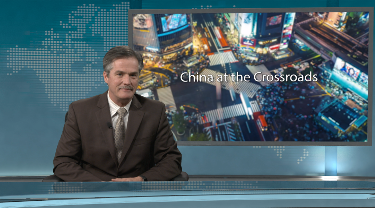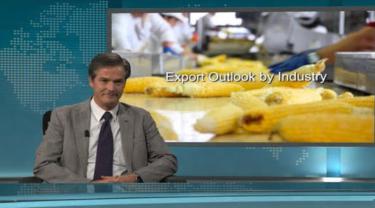That’s one of the key reasons the Chinese economy has been on a heavy dose of public support since 2008. Back then, China’s trade intensity measured at close to 70 per cent of GDP. Within about two-and-a-half years, that had sunk to less than 50 per cent, and left alone, would have plunged China into a very deep recession, its first in the big expansion dating back to the early 1980s. So, why were overall GDP growth numbers so smooth? It’s popular to think that the data was just faked, but I’m sorry, it just isn’t easy to hide that much activity. What ironed out the data was a massive dose of stimulus, reported at the time to be close to 13 per cent of China’s GDP, vastly greater than the average OECD stimulus program. What’s sobering is that the trade ratio hasn’t improved in the years since the crash. In fact, it’s even lower: it’s currently running at about 40 per cent.
What that would clearly imply is that the economy hasn’t taken the public purse off the hook in close to a decade. That’s a long time to be priming the pump for a 1.3 billion-person space. With growth now coming back in both the US and EU markets, the challenge in recent months has been to manage growth – allowing greater organic growth to displace stimulus, permitting governments to dial back their contribution. That might explain some of the ups and downs in recent performance.





